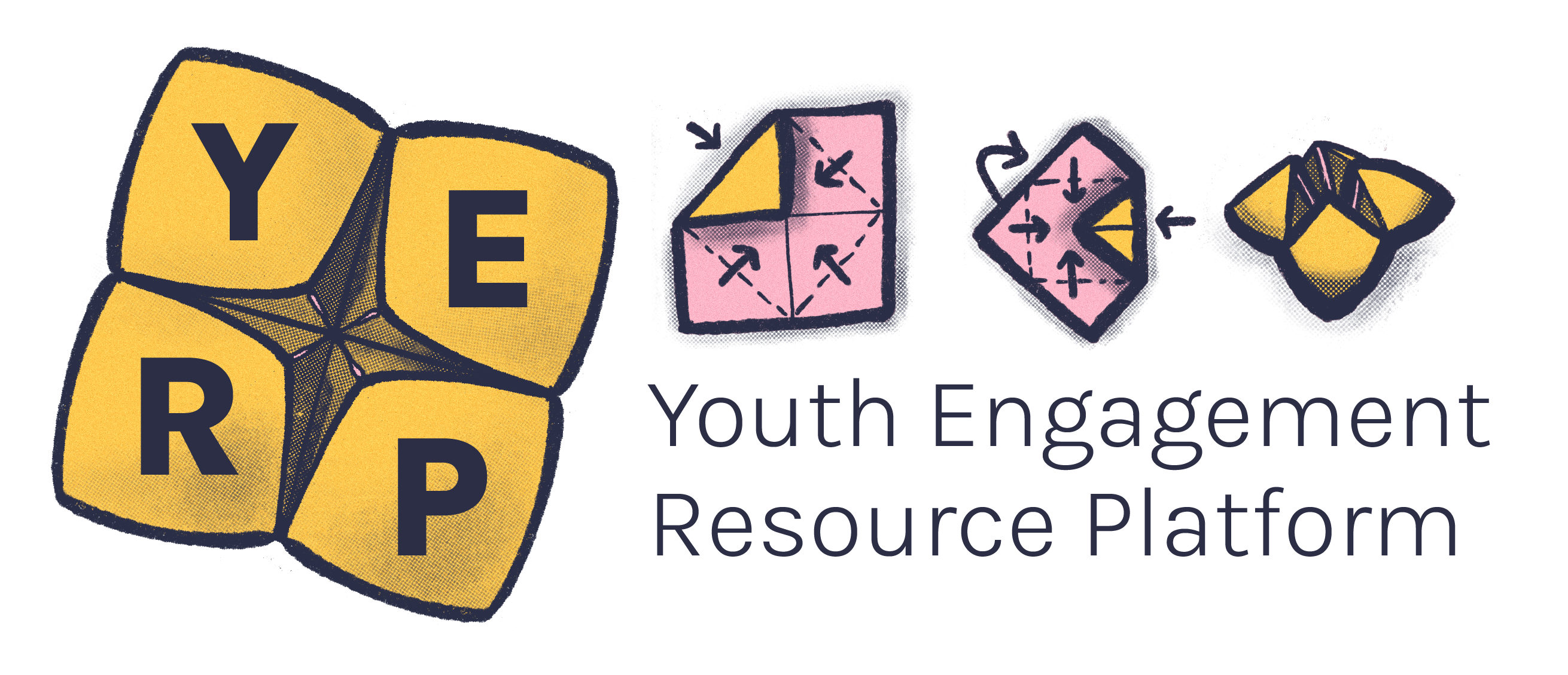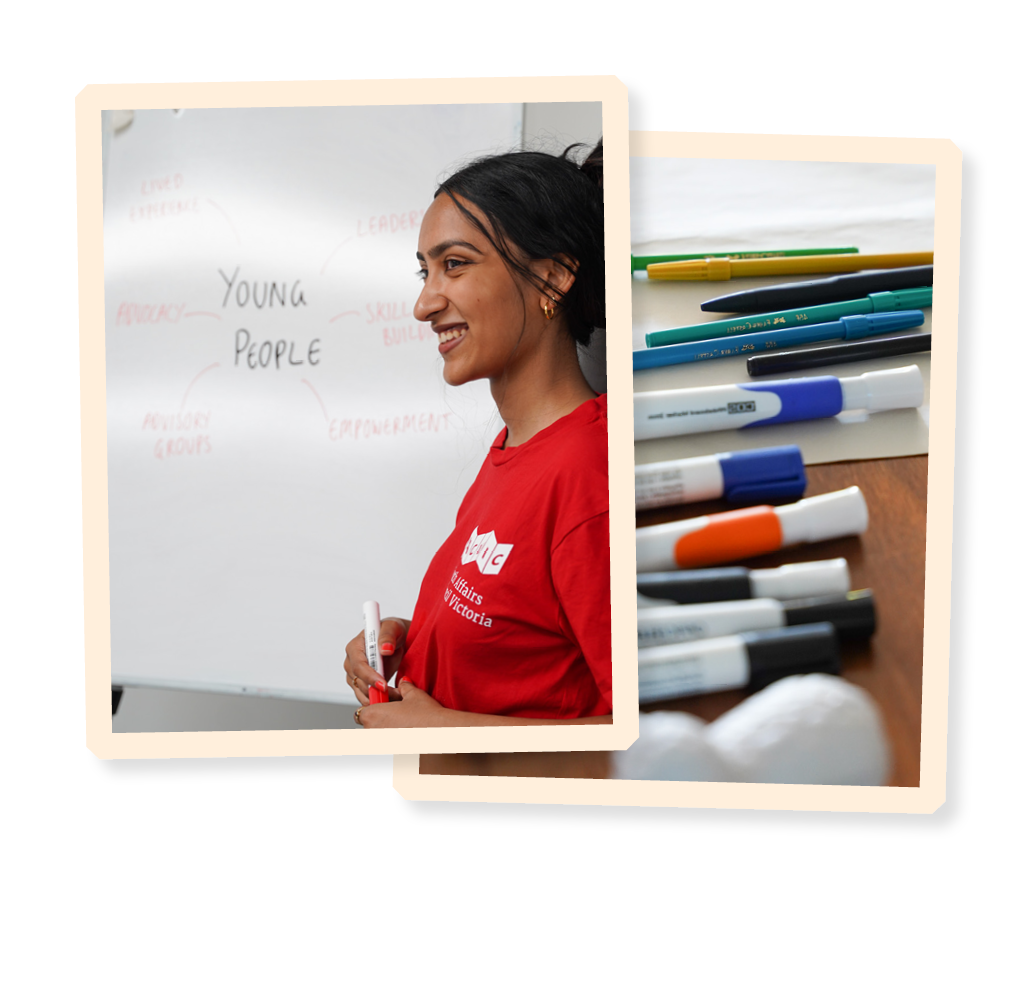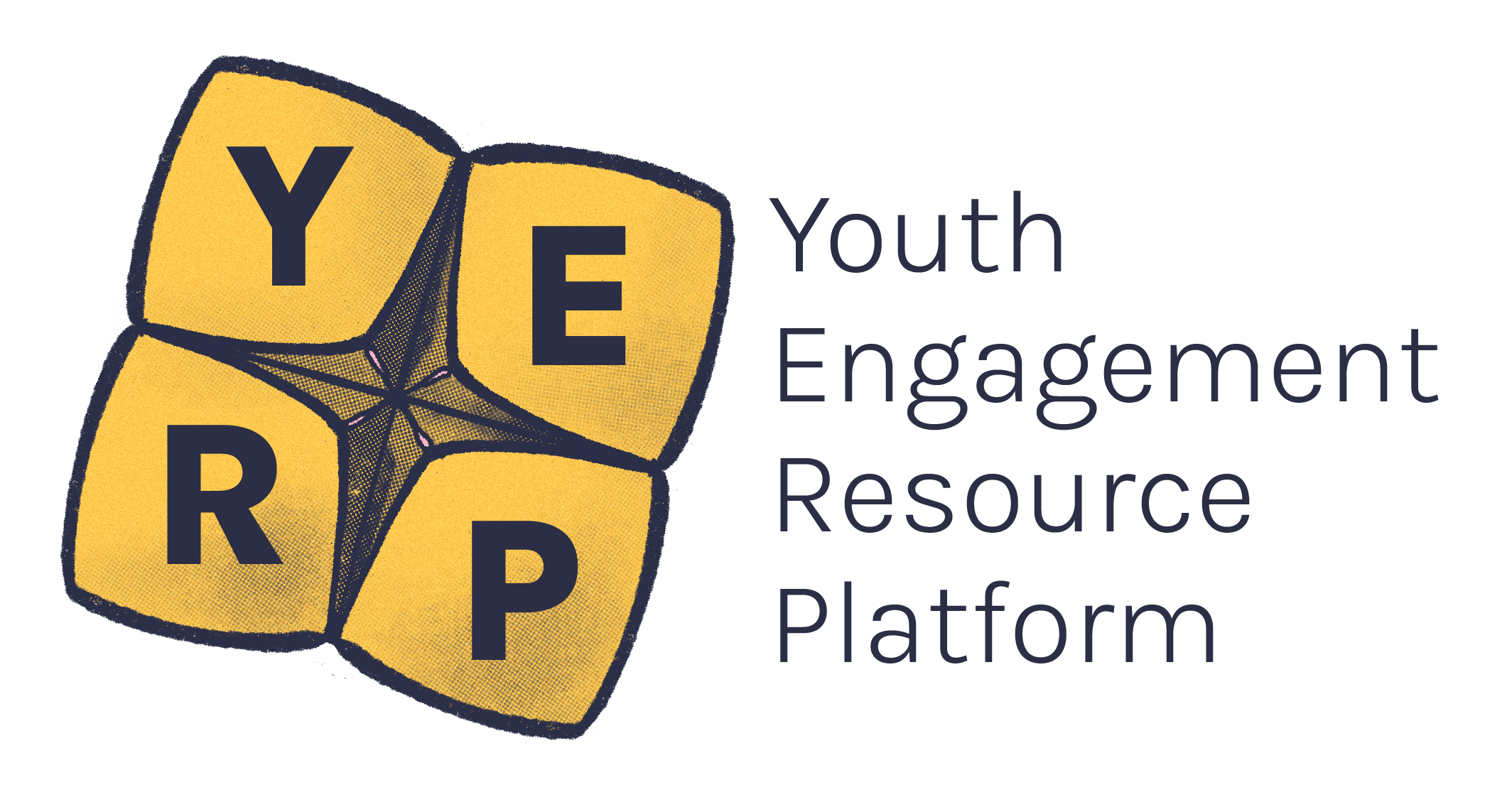There are lots of different ways you can involve young people. The key is to have a variety of options - this will help you build relationships, play to people’s strengths, and create genuine inclusion.
Research shows young Australians are interested and engaged in political and social issues, but they feel excluded by traditional forms of participation.1
These are some strong ways to include young people in decision-making processes, especially if they’re made an organisational requirement.
- Recruiting young people as members of advisory boards and committees such as a Youth Advisory Groups (YAG), Steering Committees or Youth Councils.2
- Having young people on your Board of Governance as a requirement of your Constitution. This ensures that young people are always part of decision-making and the strategic direction of the organisation.
- Consultations, roundtables and focus groups.2
- Commissioning young people to deliver projects by identifying local needs and using available resources to meet them.
- Co-design and co-production - working in equal partnership with young people to plan, develop, deliver and review services, programs, events, etc.
- Young people as researchers for issues facing the community or organisation (e.g., individual or group projects).
YACVic Young Board Member presenting at the 2023 AGM.
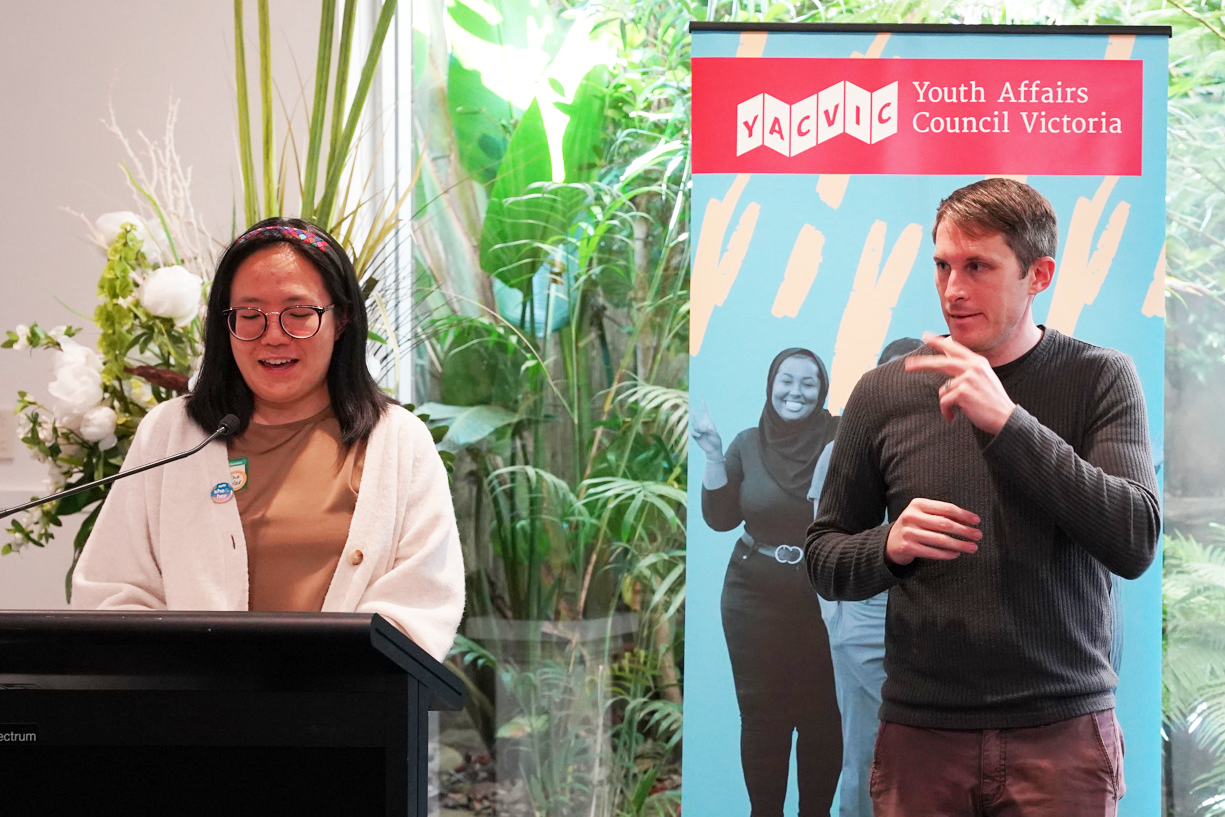
- Activities or programs that are based around interests or hobbies, learning skills or simply having fun. Think arts and music, sports and games, and useful talents like gardening and cooking.3
- Involving young people in research and advocacy opportunities.4
- Involving young people in recruitment panels so they gain experience and skills, while also ensuring recruitment aligns with the organisation’s values.
- Community mapping – supporting young people to document local resources or activities.5
- Events and celebrations planning and coordination such as parties or barbecues for special occasions
- Collective action where young people and adults work together to achieve common goals, sharing power and decision making.6
- Peer work – someone with lived experience supporting someone else with lived experience.
- Mentoring – either adults and young people or peer-to-peer.
- Performances – music, drama, poetry or dance.
- Skill-sharing – younger and older people teaching each other new skills.
Young person taking notes about event management.
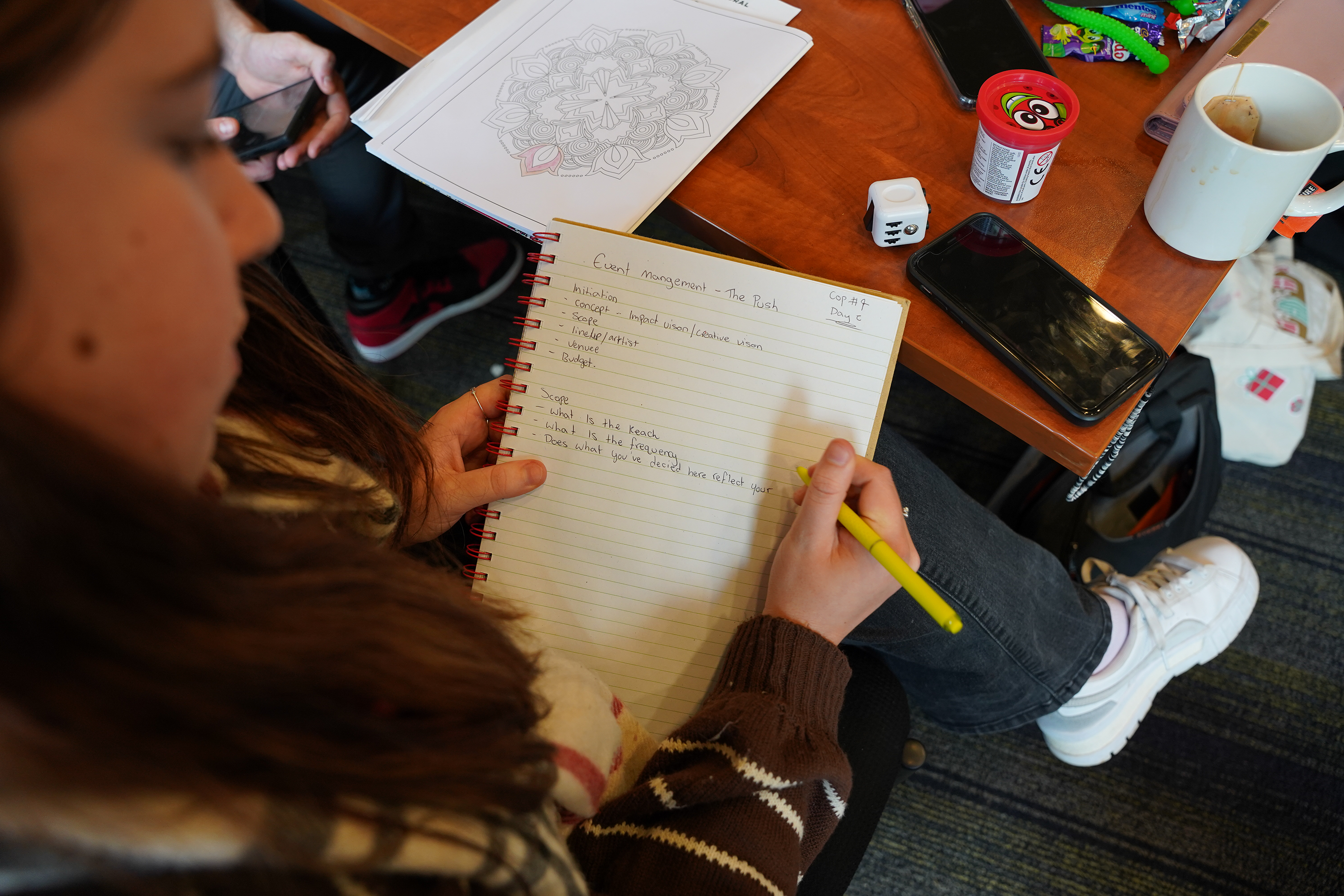
- Do older people have positive attitudes towards young people?
- Are venues, systems and processes easily accessible to young people?
- Do young people feel safe, comfortable and welcome?
- Are you compliant with the Victorian Child Safe Standards?
When thinking about involving young people, it’s good to first recognise and understand the diversity of those young people and it’s important to reflect on how assumptions about cultures, genders, sexuality or abilities can contribute to discrimination or exclusion of certain groups.
You might consider taking some cultural safety and/or inclusive and accessibility training before you start involving young people. For more, see the Diversity and Inclusion section.
- What roles or experiences can you offer to young people?
- How will you get young people interested?
- How will you really support young people to become involved?
- Will you or the young people need to undertake background checks to become involved in your organisation?
- Does your organisation need any insurance to meet legal requirements?
- Have you considered ethics, safeguarding and consent?
There are many ways to recognise the contributions young people make when involved in youth participation opportunities. Some include a certificate of recognition, helping young people add the skills they used during their opportunity to their resume, or by giving young people ‘skills cards’.
A skills card is a document that outlines the details of the opportunity the young person was involved in and the skills they used. Skills cards can be used for a young person’s resumé or in an interview, and helps the young person identify the skills they used during the opportunity.
You can create your own using this example YACVic made for a Biodiversity Youth Expert Advisory Group.
Centring young people’s voices is about having a seat at the table — a say in what affects them. For example:
- Inviting them to speak where an issue is relevant to them on a panel, at an event or at a board meeting.
- Consulting them when policies are being developed or inquiries are occurring that relate to them, such as housing and homelessness or LGBTIQA+ policy reform.
- Including them in peer work or a leadership role.
- Listening to their lived experiences.
- Collin, P. 2008. Young People Imagining a New Democracy: Literature Review. The Whitlam Institute within the University of Western Sydney.
- Kellet, M. 2011. Engaging with Children and Young People. Centre for Children and Young People, Southern Cross University.
- Black B., Walsh, L. & Taylor, F. 2011. Young people on the margins: What works in youth participation. Youth Studies Australia, 30 (1).
- Participation Works Partnership. 2012. How to involve children and young people in commissioning.
- Kaufman, L. R. (2011). Community Youth Mapping: A Tool for Youth Participation and Program Design. US:Educational Quality Improvement Program 3 (EQUIP3).
- Sullivan, T. K. (2011). Youth Engagement: More than a method. A way of life for healthy youth and community development. University of Minnesota Extension Center for Youth Development.
